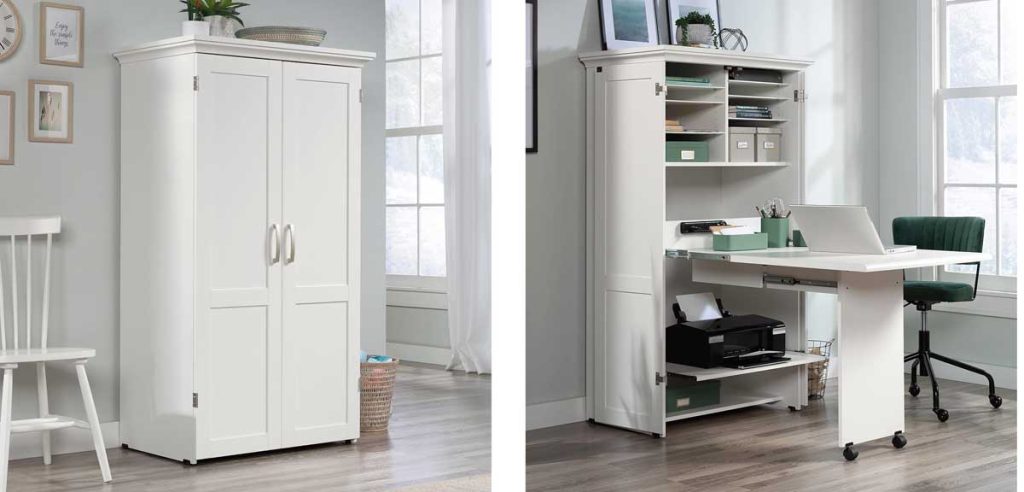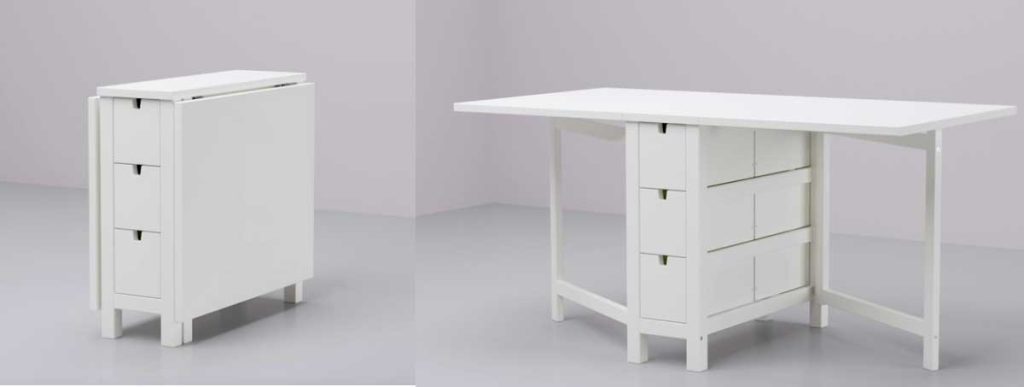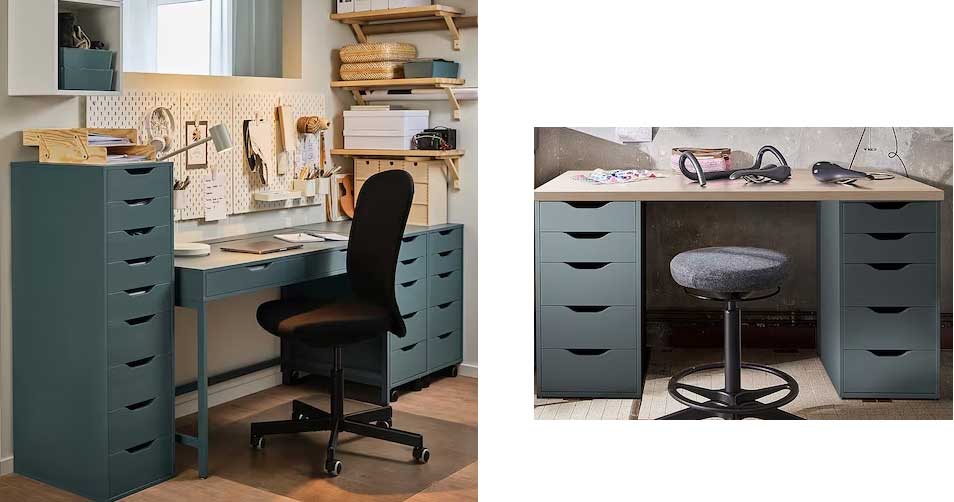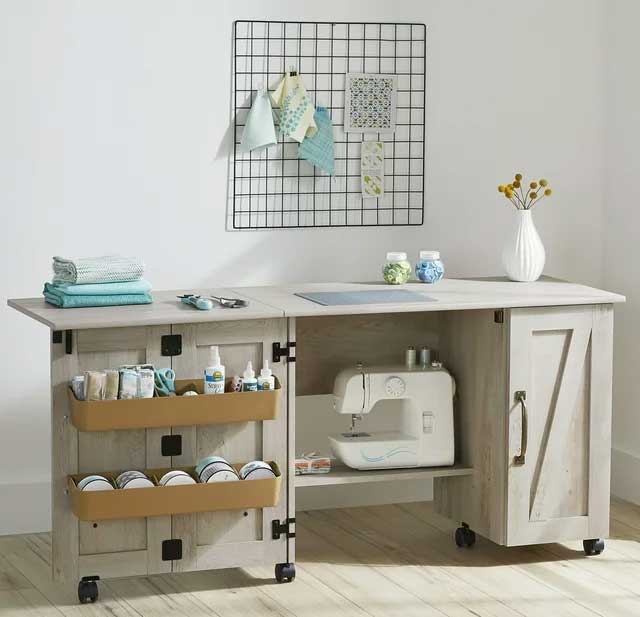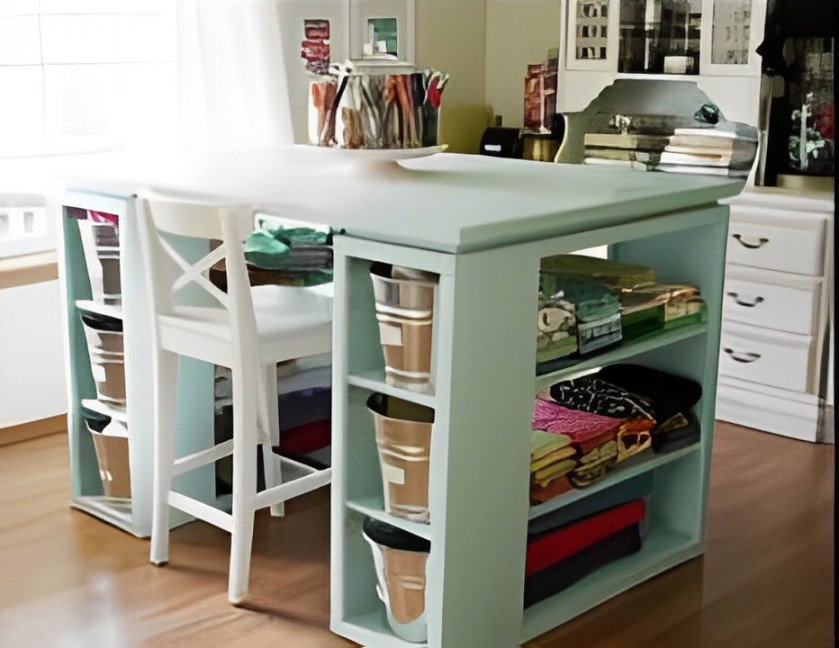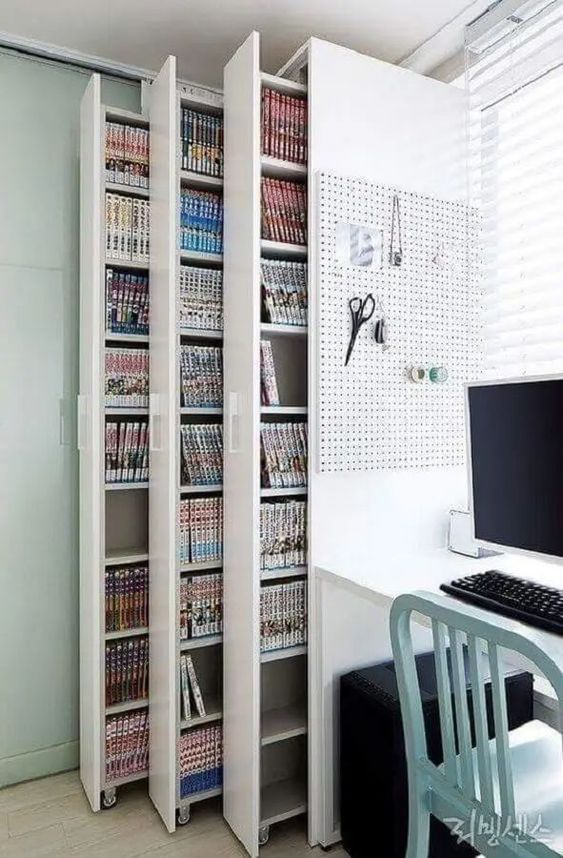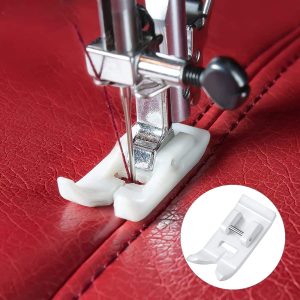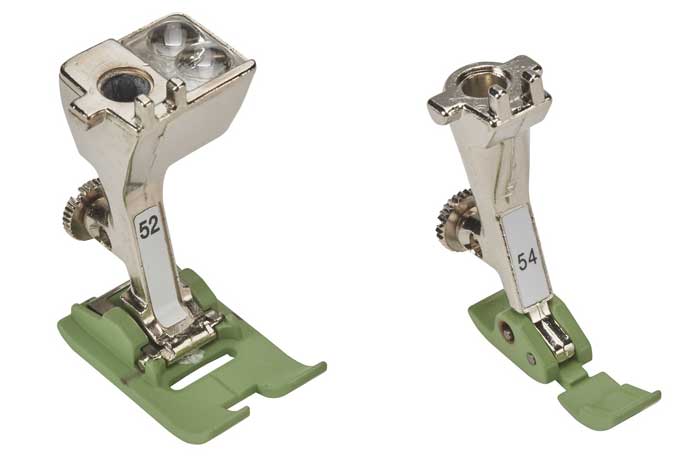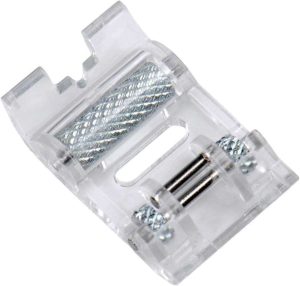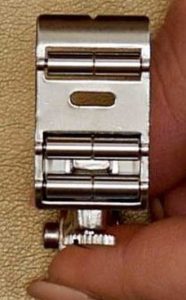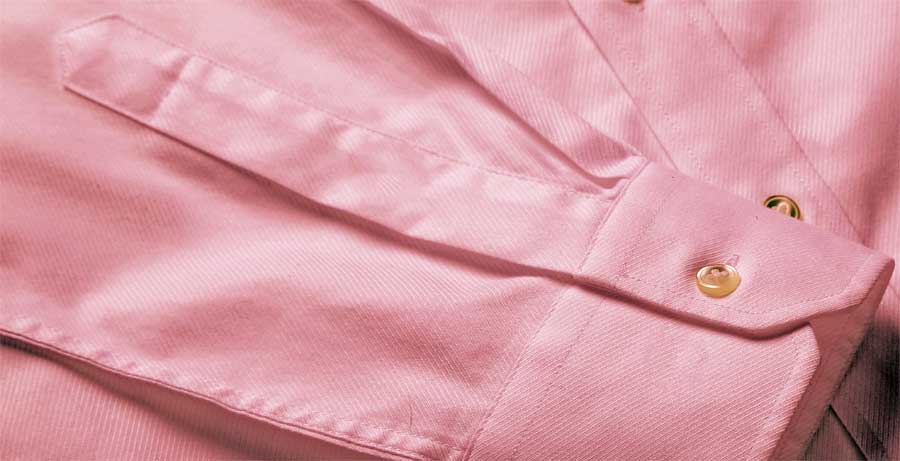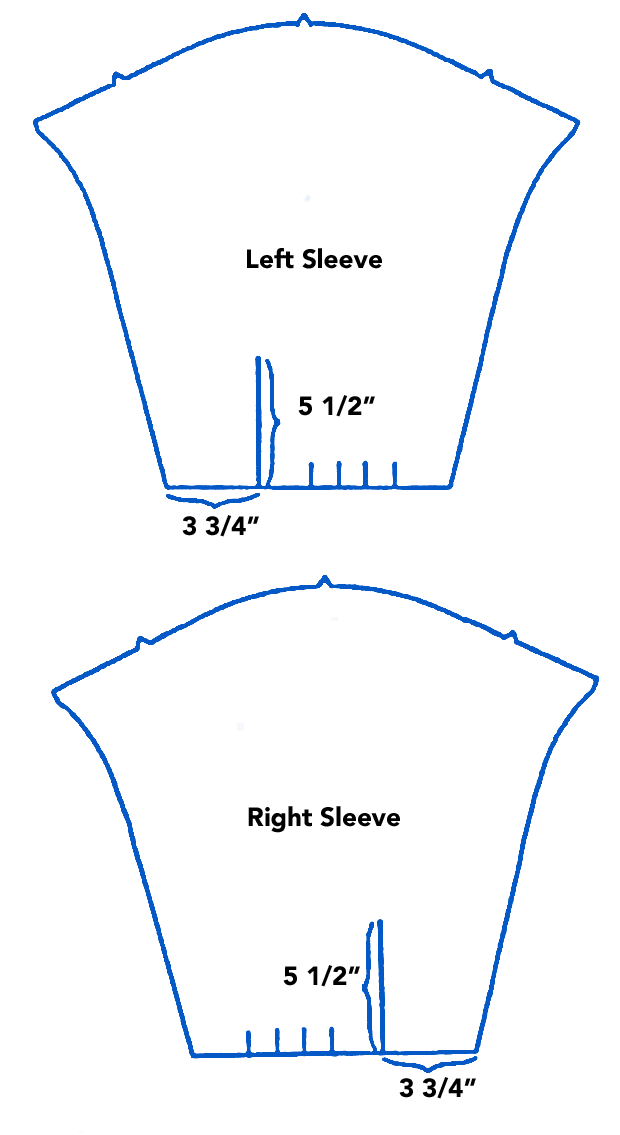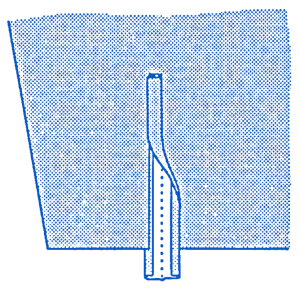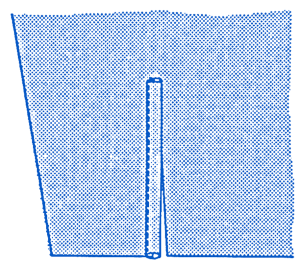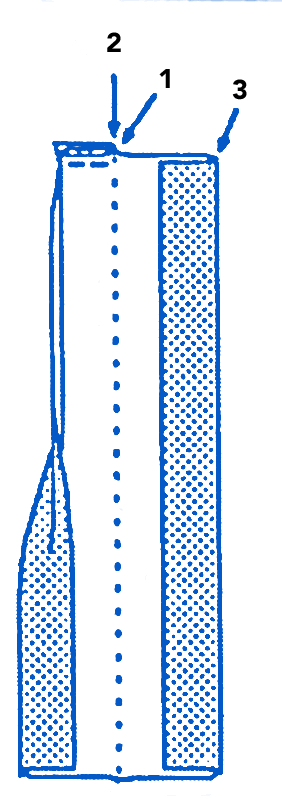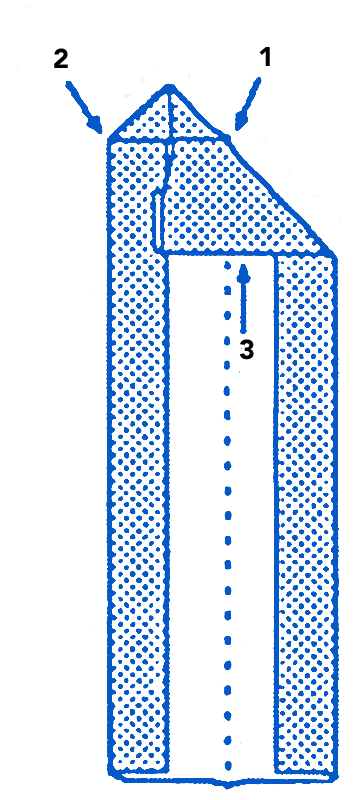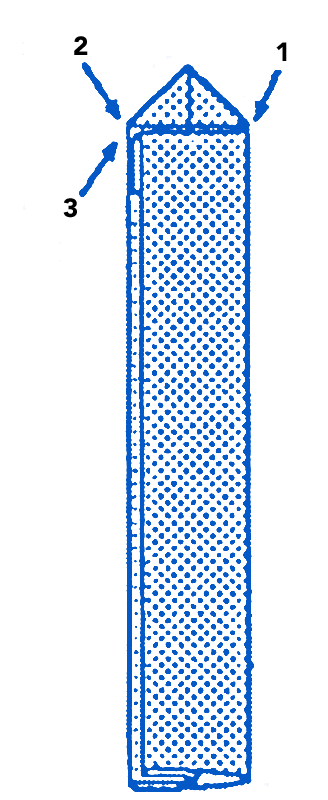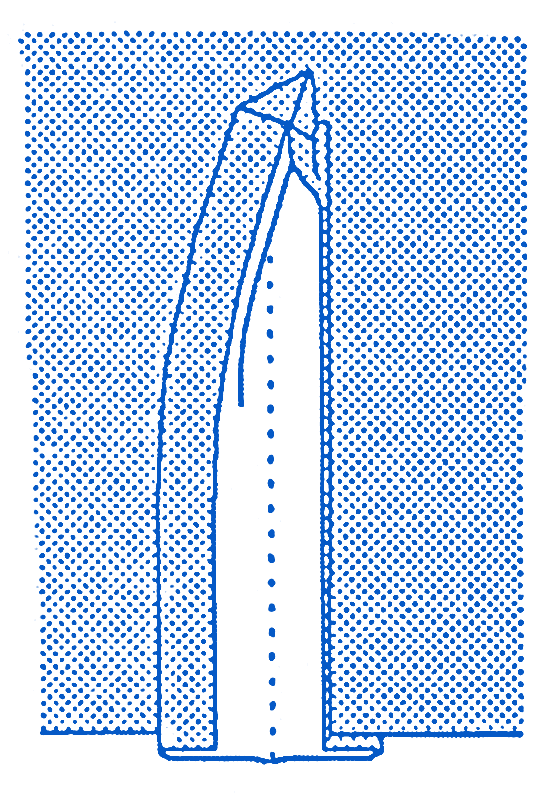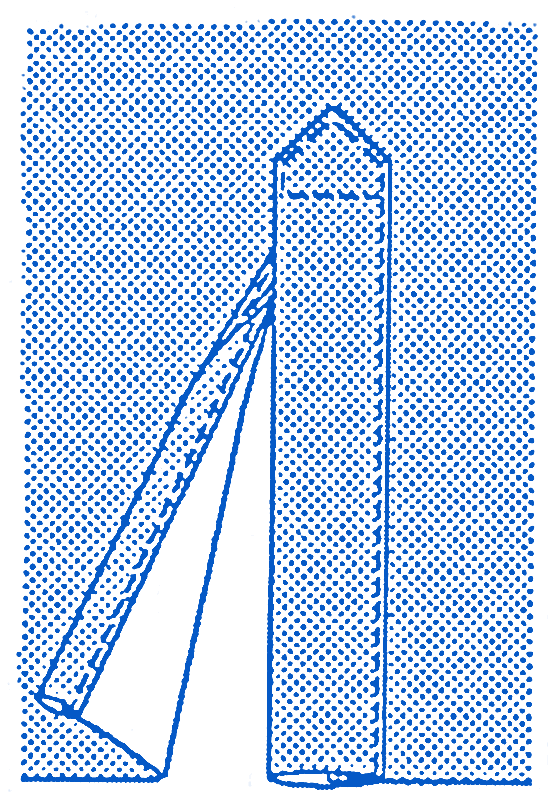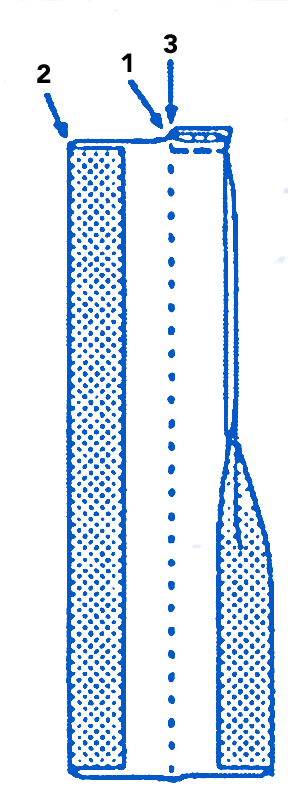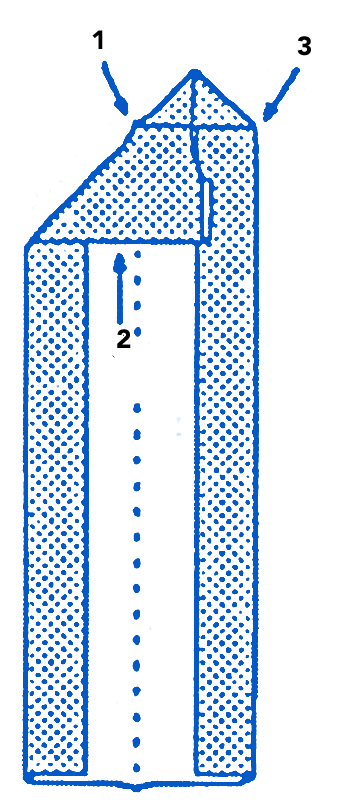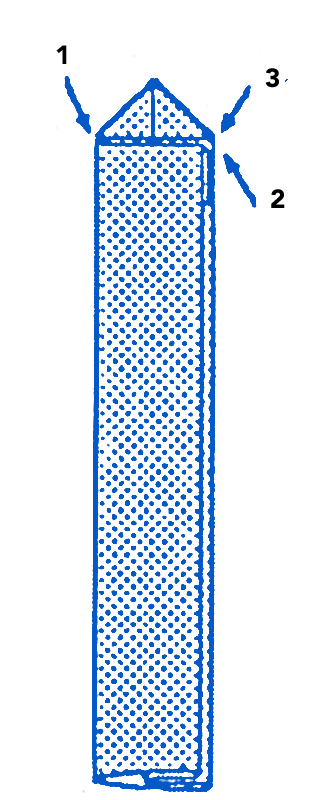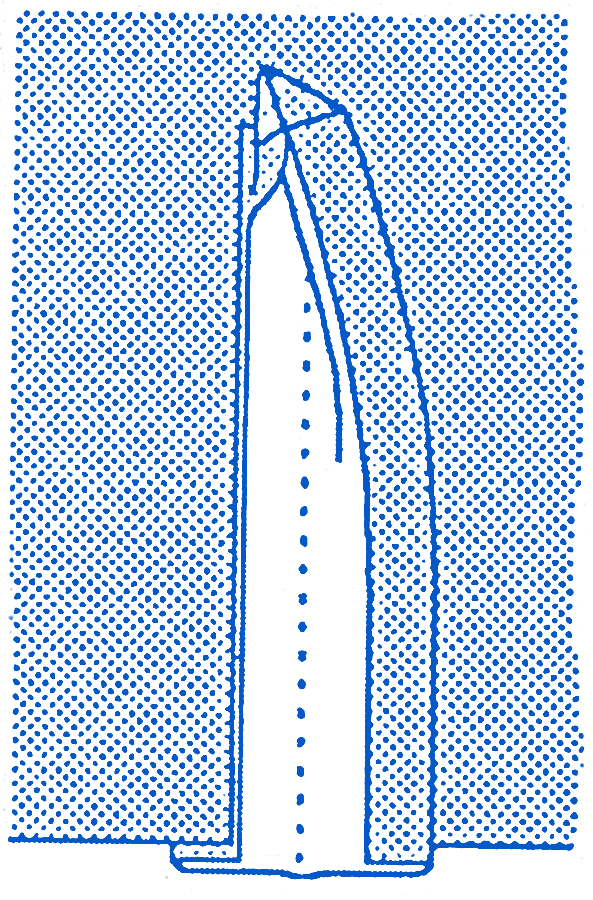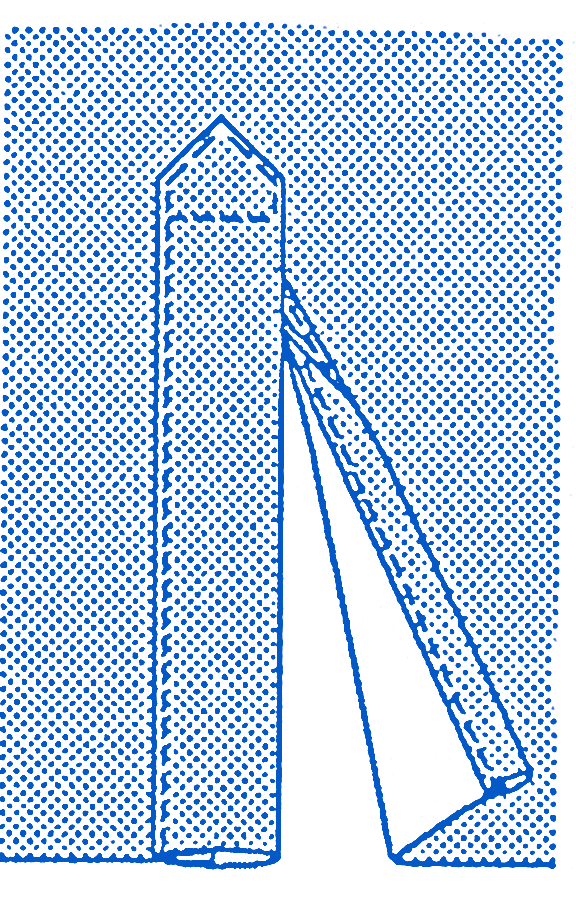Sew Much Fun Hong Kong
December 3-11, 2024
Travel is good for the soul…and it’s good for the fabric stash as well. Who among us hasn’t Googled “fabric stores” when we’re headed to a new city? Or even a new country? We have a never-ending sense of curiosity and seem to be afraid of “missing something.”
Get ready to pack your bags and broaden your horizons. We’re thrilled to announce that our Sew Much Fun Tours are back in action and we’re jetting off to a favorite destination – the vibrant city of Hong Kong. This journey promises not only a feast for your soul but also a delightful addition to your fabric collection. We’ll be shopping markets for fabric, notions, jewelry, beads, and more. There will be a behind-the-scenes tour of a costume shop, visits to designer outlets, a Tai Chi lesson, and much more. It’s time to get back on the road, or in the air. There’s fabric out there calling your name!
I’m happy to be a part of that by escorting my 22nd tour to Hong Kong this December 3-11, along with my friend Pauline Richards. We’ve done this tour together for many, many years and know a lot about the alleyways of the city, and where to find most anything you could want in the way of fabric, trims, buttons, etc. And, if we don’t know where to find it, we know who to ask.
This year we’re doing something a bit different than in previous years. In the past, many of you have used award miles for the trip, or you wanted to go early or stay longer, or you wanted to go on a different flight from your home city, so we said “OK, let’s offer the tour without airfare so group members can do that.” This year, you can book your own airfare. We’ll tell you which flight we’re taking if you’d like the security of being with your guides, but you have the option for other arrangements.
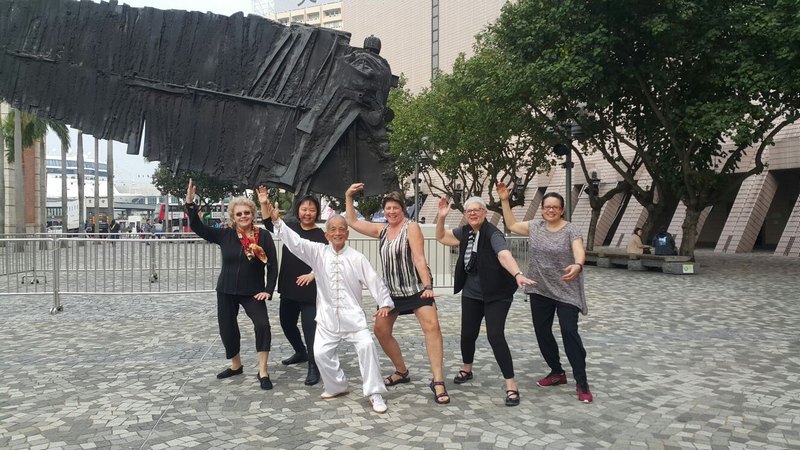
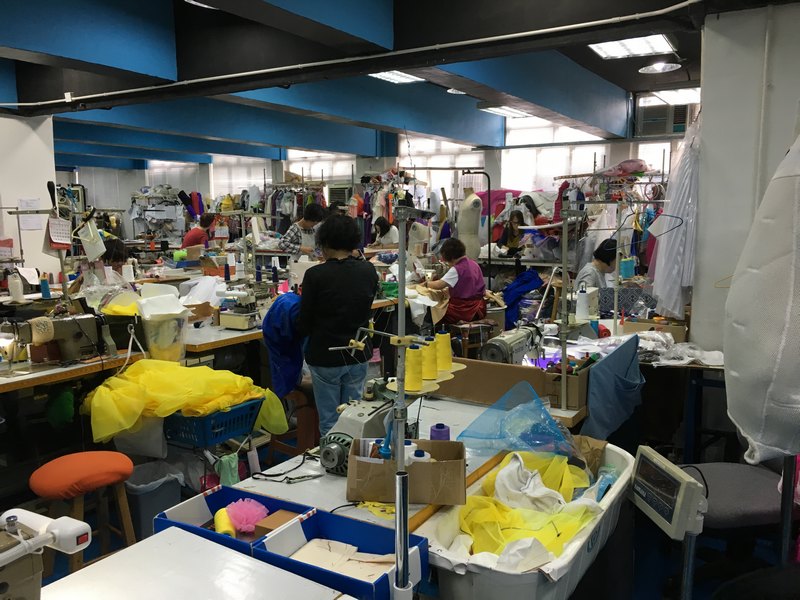

If the idea of an Asian jaunt intrigues you, view our Information/Registration Form to find out more or sign up to join us. And if you have tour questions, feel free to email or call me at the number listed on the registration form.
We hope you can join us on this adventure!
Linda Griepentrog
~Linda Griepentrog is the owner of G Wiz Creative Services and she does writing, editing and designing for companies in the sewing, crafting and quilting industries. In addition, she escorts fabric shopping tours to Hong Kong. She lives at the Oregon Coast with her husband Keith, and three dogs, Yohnuh, Abby, and Lizzie. Contact her at .






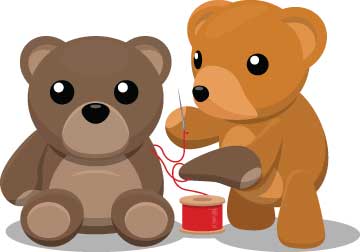 We all love to sew but sometimes you want to switch up your sewing projects beyond your own clothes, quilts, or placemats. What do you do? Look for opportunities to share you sewing skills with others in need.
We all love to sew but sometimes you want to switch up your sewing projects beyond your own clothes, quilts, or placemats. What do you do? Look for opportunities to share you sewing skills with others in need.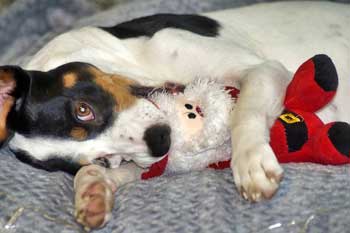 No matter how small your community, it’s very likely that you can put your sewing expertise to use in a charitable way. Call your local animal shelter to see if they can use pet beds, blankets, scarves, or leashes. Contact a local hospital to offer specialty bags for post-surgery patients, blankets or quilts for dialysis and chemo patients, or even drawstring bags for patients to keep their possessions nearby while bedridden.
No matter how small your community, it’s very likely that you can put your sewing expertise to use in a charitable way. Call your local animal shelter to see if they can use pet beds, blankets, scarves, or leashes. Contact a local hospital to offer specialty bags for post-surgery patients, blankets or quilts for dialysis and chemo patients, or even drawstring bags for patients to keep their possessions nearby while bedridden.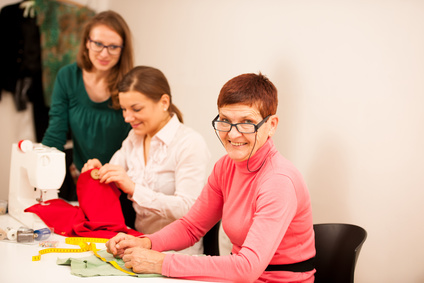 Sewing projects for charity can be something you do alone or with your group of ASG friends so there’s a social aspect to it as well. Of course, more hands make the task not only more fun, but also faster.
Sewing projects for charity can be something you do alone or with your group of ASG friends so there’s a social aspect to it as well. Of course, more hands make the task not only more fun, but also faster.
